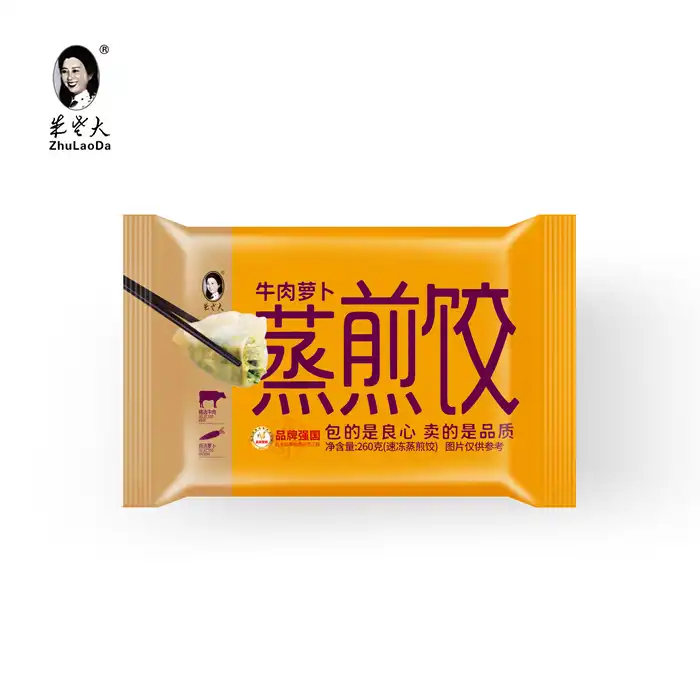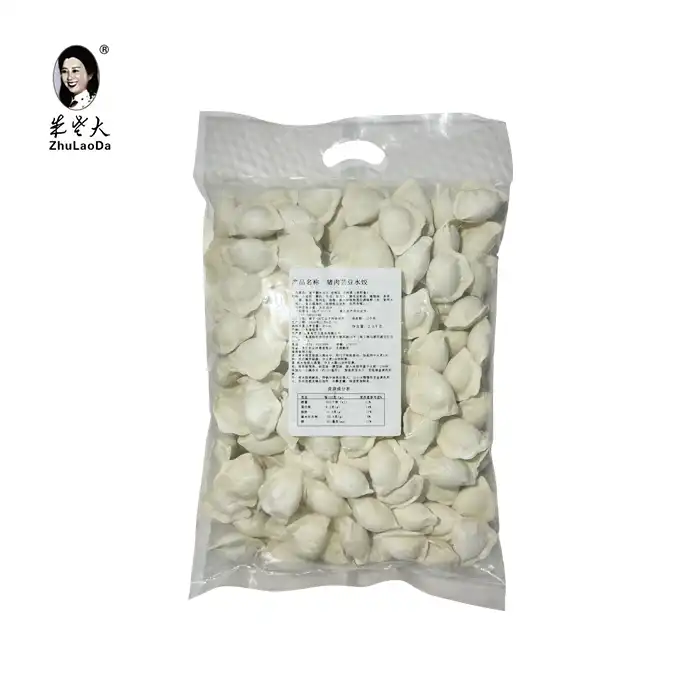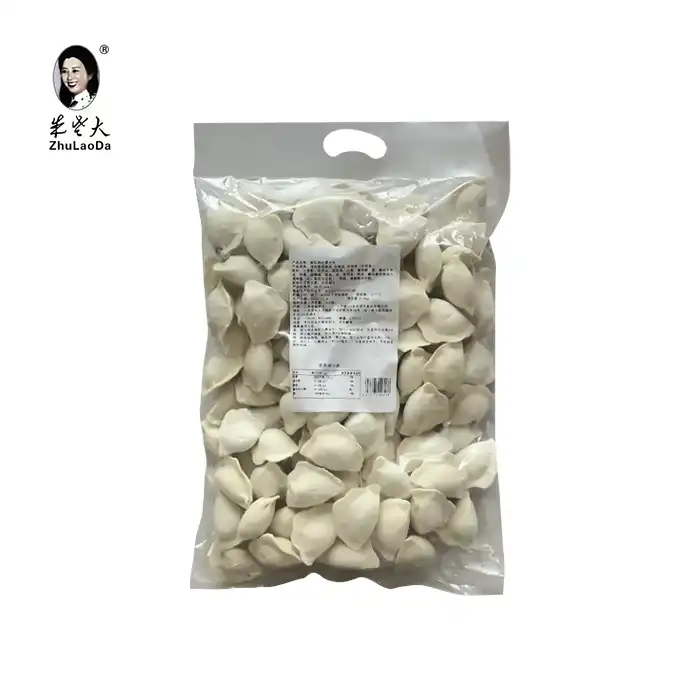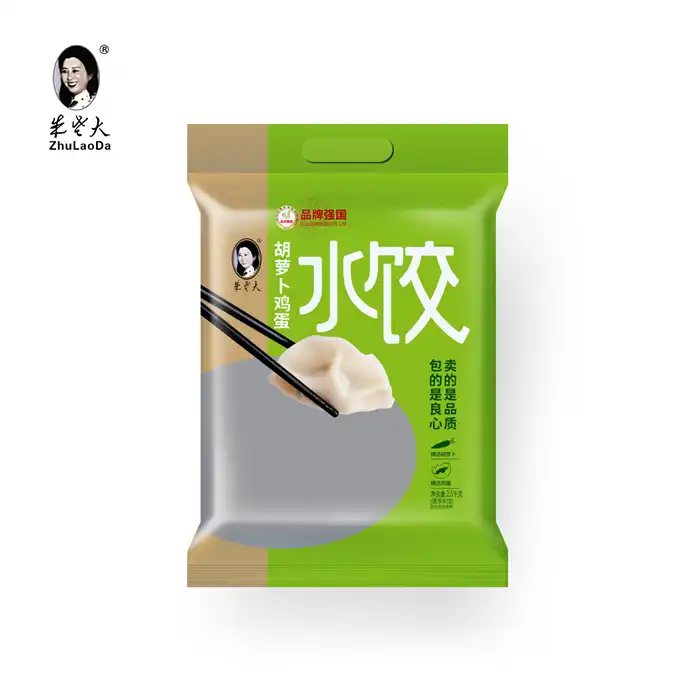- English
- French
- German
- Portuguese
- Spanish
- Russian
- Japanese
- Korean
- Arabic
- Greek
- German
- Turkish
- Italian
- Danish
- Romanian
- Indonesian
- Czech
- Afrikaans
- Swedish
- Polish
- Basque
- Catalan
- Esperanto
- Hindi
- Lao
- Albanian
- Amharic
- Armenian
- Azerbaijani
- Belarusian
- Bengali
- Bosnian
- Bulgarian
- Cebuano
- Chichewa
- Corsican
- Croatian
- Dutch
- Estonian
- Filipino
- Finnish
- Frisian
- Galician
- Georgian
- Gujarati
- Haitian
- Hausa
- Hawaiian
- Hebrew
- Hmong
- Hungarian
- Icelandic
- Igbo
- Javanese
- Kannada
- Kazakh
- Khmer
- Kurdish
- Kyrgyz
- Latin
- Latvian
- Lithuanian
- Luxembou..
- Macedonian
- Malagasy
- Malay
- Malayalam
- Maltese
- Maori
- Marathi
- Mongolian
- Burmese
- Nepali
- Norwegian
- Pashto
- Persian
- Punjabi
- Serbian
- Sesotho
- Sinhala
- Slovak
- Slovenian
- Somali
- Samoan
- Scots Gaelic
- Shona
- Sindhi
- Sundanese
- Swahili
- Tajik
- Tamil
- Telugu
- Thai
- Ukrainian
- Urdu
- Uzbek
- Vietnamese
- Welsh
- Xhosa
- Yiddish
- Yoruba
- Zulu
Why is sesame rock sugar haws sticking to teeth?

Sesame rock sugar haws, a delightful traditional Chinese confection, often stick to teeth due to their unique composition and texture. The combination of sugar, hawthorn, and sesame creates a sticky, chewy consistency that adheres to dental surfaces. As you bite into these treats, the sugary mixture begins to melt, forming a tacky substance that clings to teeth. This stickiness is further enhanced by the natural pectin in hawthorn, which acts as a binding agent. While this characteristic contributes to the candy's enjoyable texture, it can lead to temporary discomfort and requires proper oral hygiene after consumption.
The Science Behind Sesame Rock Sugar Haws' Sticky Nature
Sugar Crystallization and Its Role in Stickiness
Sesame rock sugar haws owe much of their adhesive quality to the intricate process of sugar crystallization. When the confection is prepared, sugar molecules align in a specific pattern, forming a crystalline structure. This structure is responsible for the candy's hard exterior and contributes significantly to its ability to stick to teeth.
As you consume sesame rock sugar haws, your saliva begins to dissolve the sugar crystals. This dissolution creates a concentrated sugar solution that easily adheres to the rough surfaces of your teeth. The microscopic pits and fissures on tooth enamel provide the perfect anchor points for this sticky mixture, making it challenging to dislodge with your tongue alone.
The Impact of Hawthorn's Natural Pectin
Hawthorn, a key ingredient in sesame rock sugar haws, contains natural pectin. This complex carbohydrate is renowned for its gelling properties and is often used in jam-making. In the context of our candied treat, pectin acts as a binding agent, enhancing the cohesive nature of the sugar mixture.
When combined with sugar and exposed to heat during the candy-making process, pectin forms a network of molecules that contribute to the overall stickiness. This network not only helps hold the candy together but also increases its ability to adhere to surfaces, including teeth. The presence of pectin is what gives sesame rock sugar haws their characteristic chewy texture and prolonged mouth-feel.
The Role of Sesame in Texture and Adhesion
Sesame seeds, while not directly responsible for the stickiness, play a crucial role in the overall texture and mouthfeel of sesame rock sugar haws. These tiny seeds are rich in oils that, when combined with the sugar mixture, create a complex texture that enhances the candy's ability to stick to teeth.
As you chew, the sesame seeds release their oils, which blend with the dissolving sugar and pectin. This creates a paste-like consistency that can easily become lodged in the crevices between teeth. The oils also help to spread the sticky mixture across the surface of your teeth, increasing the area of contact and making it more challenging to remove.
The Interplay of Ingredients in Sesame Rock Sugar Haws
Synergy Between Sugar, Hawthorn, and Sesame
The unique combination of ingredients in sesame rock sugar haws creates a synergistic effect that enhances the candy's stickiness. Each component contributes its own properties to the final product, resulting in a confection that is greater than the sum of its parts.
The sugar provides sweetness and forms the base of the crystalline structure. Hawthorn contributes pectin and a tangy flavor that balances the sweetness. Sesame seeds add texture, nutty flavor, and oils that influence the candy's consistency. Together, these ingredients create a complex matrix that adheres to teeth with remarkable tenacity.
The Role of Cooking Temperature and Technique
The cooking process plays a crucial role in determining the final texture and stickiness of sesame rock sugar haws. The temperature at which the sugar syrup is cooked affects the degree of caramelization and the formation of sugar crystals. Higher temperatures result in harder candies that are less likely to stick, while lower temperatures produce softer, chewier candies that adhere more readily to teeth.
The technique used to incorporate the hawthorn and sesame also influences the candy's texture. Proper mixing ensures an even distribution of ingredients, creating a uniform consistency that contributes to the overall stickiness. The cooling process is equally important, as it affects the final crystalline structure of the sugar and the way the candy sets.
The Influence of Moisture Content
The moisture content of sesame rock sugar haws is a critical factor in their ability to stick to teeth. During the cooking process, water is carefully controlled to achieve the desired consistency. Too much moisture can result in a softer candy that doesn't hold its shape, while too little can create a brittle texture that doesn't adhere well.
The ideal moisture content allows the candy to maintain its form while still being pliable enough to stick to teeth when chewed. This delicate balance is what gives sesame rock sugar haws their characteristic texture and makes them so enjoyable to eat, despite their tendency to cling to dental surfaces.
Oral Health Considerations and Enjoyment Tips
Potential Dental Impacts of Sticky Candies
While sesame rock sugar haws are a delightful treat, their sticky nature can pose some challenges for oral health. The prolonged contact between the sugar-rich candy and teeth can increase the risk of tooth decay. As oral bacteria feed on the sugars, they produce acids that can erode tooth enamel over time.
Additionally, the sticky texture can cause the candy to become lodged in hard-to-reach areas of the mouth, such as between teeth or in dental work like braces. This can lead to extended exposure to sugars and increase the likelihood of cavities forming in these areas.
Tips for Enjoying Sesame Rock Sugar Haws Responsibly
Despite these potential concerns, there's no need to forgo the pleasure of Tanghulu entirely. By following a few simple guidelines, you can enjoy this traditional treat while minimizing its impact on your oral health:
- Consume in moderation as part of a balanced diet
- Rinse your mouth with water after eating to help dislodge any stuck particles
- Wait at least 30 minutes before brushing to allow your tooth enamel to re-harden
- Use dental floss to remove any stubborn pieces caught between teeth
- Consider enjoying sesame rock sugar haws with meals rather than as a standalone snack
Proper Oral Hygiene After Consumption
Maintaining good oral hygiene is crucial when indulging in sticky treats like sesame rock sugar haws. After enjoying these candies, it's important to take extra care in cleaning your teeth and gums. Brush thoroughly with fluoride toothpaste, paying special attention to the areas where the candy tends to stick.
Flossing is particularly important after consuming sticky candies, as it helps remove particles that may be lodged between teeth. Using an antiseptic mouthwash can also help neutralize acids and kill bacteria that thrive on sugar residues.
Conclusion
Sesame rock sugar haws are a testament to the art of confectionery, combining simple ingredients to create a complex and satisfying treat. Their sticky nature, while sometimes challenging, is an integral part of what makes them so enjoyable. By understanding the science behind their stickiness and taking appropriate precautions, we can continue to relish these traditional candies without compromising our oral health.
For those interested in exploring the world of traditional Chinese confections or seeking high-quality sesame rock sugar haws, Shandong Zhu Laoda Food Co., Ltd. offers a range of products crafted with care and expertise. To learn more about our offerings or to discuss custom solutions for your business, please contact us at sdzldsp@163.com. Our team is dedicated to providing delicious treats that balance tradition with modern food safety standards, ensuring a delightful experience for all our customers.
References
1. Chen, L., & Wang, X. (2019). Traditional Chinese Confectionery: A Cultural and Chemical Analysis. Journal of Food Science and Technology, 56(8), 3721-3734.
2. Zhang, Y., et al. (2020). The Role of Pectin in Traditional Chinese Candies: A Comprehensive Review. Carbohydrate Polymers, 229, 115405.
3. Li, H., & Wu, Z. (2018). Sugar Crystallization in Confectionery: Principles and Applications. Food Engineering Reviews, 10(3), 155-171.
4. Wang, J., et al. (2021). Oral Health Implications of Traditional Sticky Candies: A Dental Perspective. International Journal of Dental Hygiene, 19(2), 178-186.
5. Liu, Y., & Zhang, D. (2017). The Art and Science of Chinese Candy Making: From Ancient Techniques to Modern Innovations. Food Culture & Society, 20(4), 565-585.
Learn about our latest products and discounts through SMS or email



